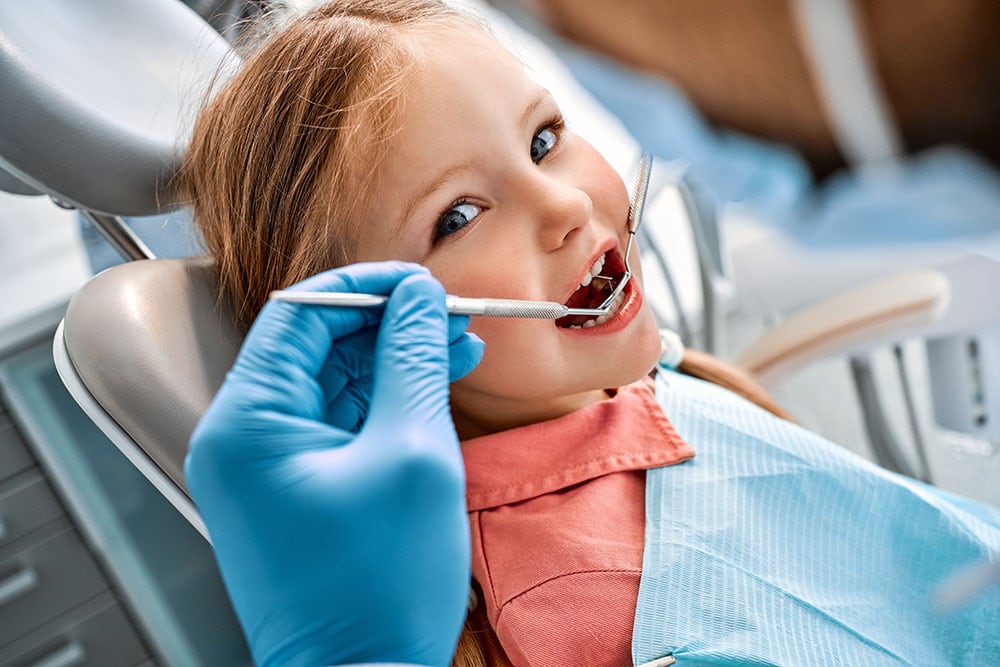Orthodontic treatment broadly refers to different techniques for aligning the teeth and jaw to create a straighter smile and healthy bite. While patients often associate orthodontics with things like braces and Invisalign® aligners, this category of treatment actually encompasses a range of different stages and interventions. Dentists and orthodontists often divide orthodontics into two phases, depending on the age of the patient and the goals associated with treatment.
What is the Difference Between Phase 1 and Phase 2 Orthodontics?
Phase 1 orthodontic treatment is performed prior to the eruption of all permanent teeth, typically for children under the age of 10. Phase 1 interventions are designed to address early dental and airway issues, guide jaw growth, and create space for permanent teeth. Treatment often involves the use of oral appliances and space expanders, which promote positive development trends.
Phase 2 treatment is what people most commonly associate with orthodontics: the focus is generally on aligning permanent teeth using braces or Invisalign® clear aligners for a precise bite and enhanced aesthetics.
Both phases aim to improve oral health, function, and appearance.

What Are the Benefits of Phase 1 and Phase 2 Orthodontics?
Phase 1 and Phase 2 orthodontics are designed to work together to help patients optimize their bite health and create a straighter, more uniform smile. Investing in phase 1 orthodontics for children can oftentimes better prepare them for phase 2. Potential benefits of each stage include:
Phase 1 Orthodontics Benefits:
- Early intervention to address developing orthodontic problems
- Guides jaw growth for bite correction
- Creates space for proper eruption of permanent teeth
- Corrects harmful oral habits, such as thumb sucking and tongue thrust
- Improves self-esteem and confidence
- Decrease potential for corrective jaw surgery
- Establish aesthetic and proper facial proportions
- Potential time and money savings upon transition to Phase 2
Phase 2 Orthodontics Benefits:
- Comprehensive correction of tooth alignment and bite issues
- Provides stable, long-term results
- Enhances smile aesthetics
- Improves overall oral health and reduces risk of future dental problems


